Growing food in our own gardens can save money, reduce plastic waste and boost access to bee-friendly organic foods. But if you have a small yard or just a patio or balcony garden, you may think vegetable gardening is just not in the stars for you. Well, think again because many edible plants can be grown in a small space container garden!
By growing cucumbers in a pot or strawberries in a hanging basket, you can squeeze tons of edible plants in a small area. But if you want to boost your harvest even further, there are certain small space gardening tips that can enhance the yield of even the smallest garden space. From choosing the right plants to taking advantage of succession sowing, the tricks below will help you get the most out of your pint-sized yard or urban garden.
Affiliate disclosure: As an Amazon Associate, I may earn commissions from qualifying purchases.
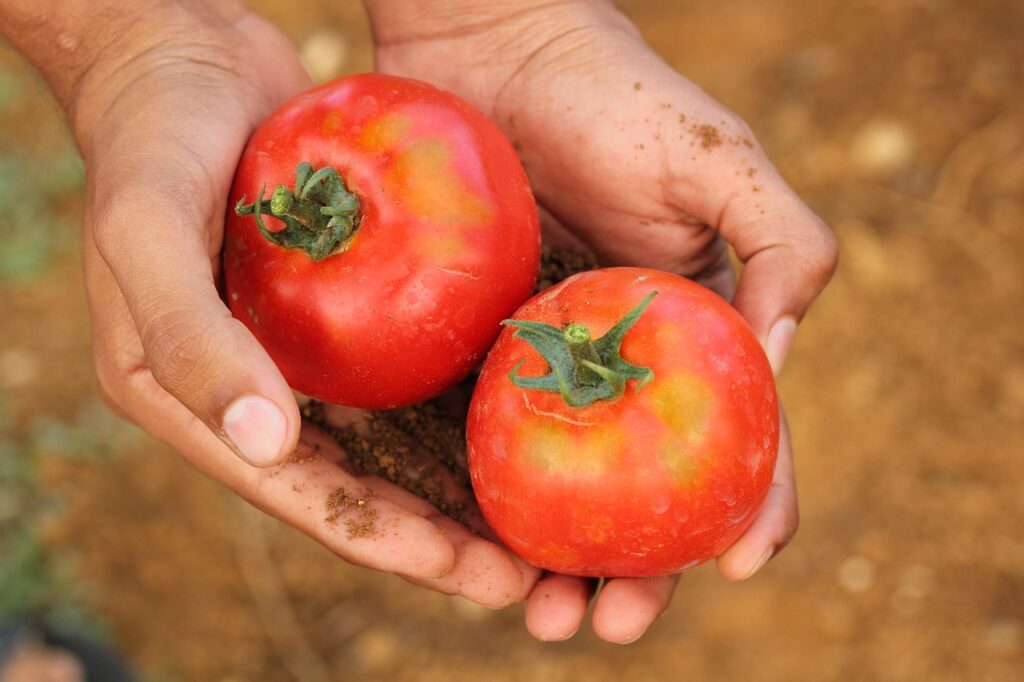
12 steps to grow vegetables in a small space container garden
If you want to get the most out of your small space garden, you need to think creatively. In larger gardeners, you can allow plants to spread and sprawl, but in small space gardens you’ll want to choose smaller plants or train the ones you have to grow vertically. Exploring different planter options and using season extension methods can also enhance your garden and help you get more fresh veggies!
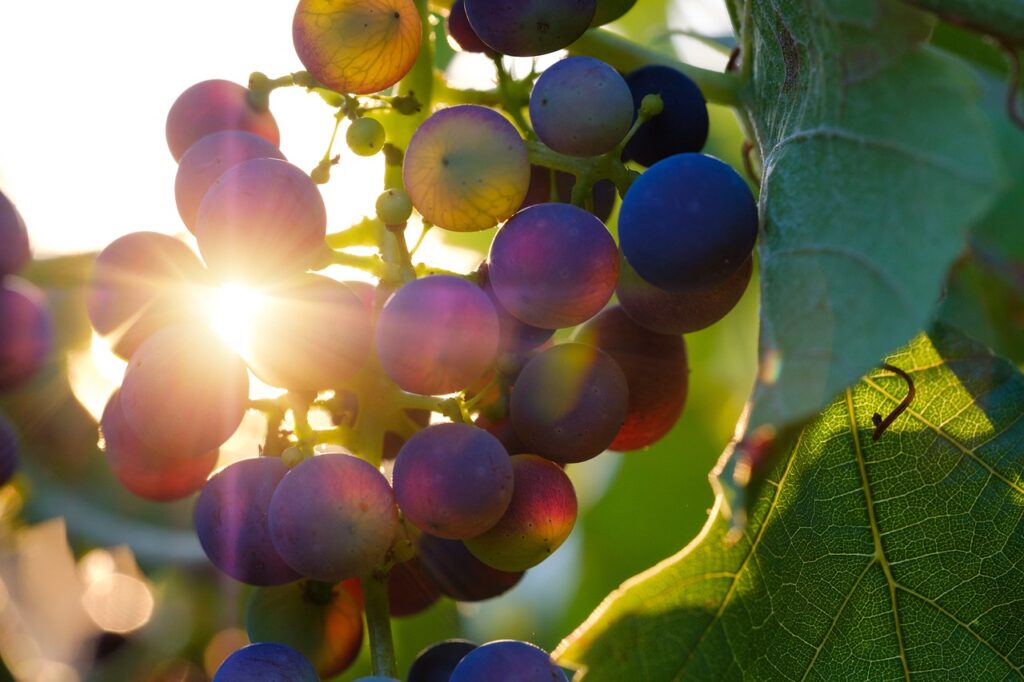
1. Check the lighting.
Before you plant a single seed in your garden, you’ll need to make sure that your plants will get enough light. Most vegetables and fruit require full sun or a minimum of 6 to 8 hours of bright light daily. If they don’t get enough light, plants can get leggy and stretch and they may produce a smaller harvest of edibles.
Keep in mind that the trajectory of the sun changes throughout the year and that trees can cast a lot of shade after they leaf out spring. So, just because your patio or balcony seems sunny in winter, it doesn’t necessarily mean it will still be sunny when it really counts… in summer!
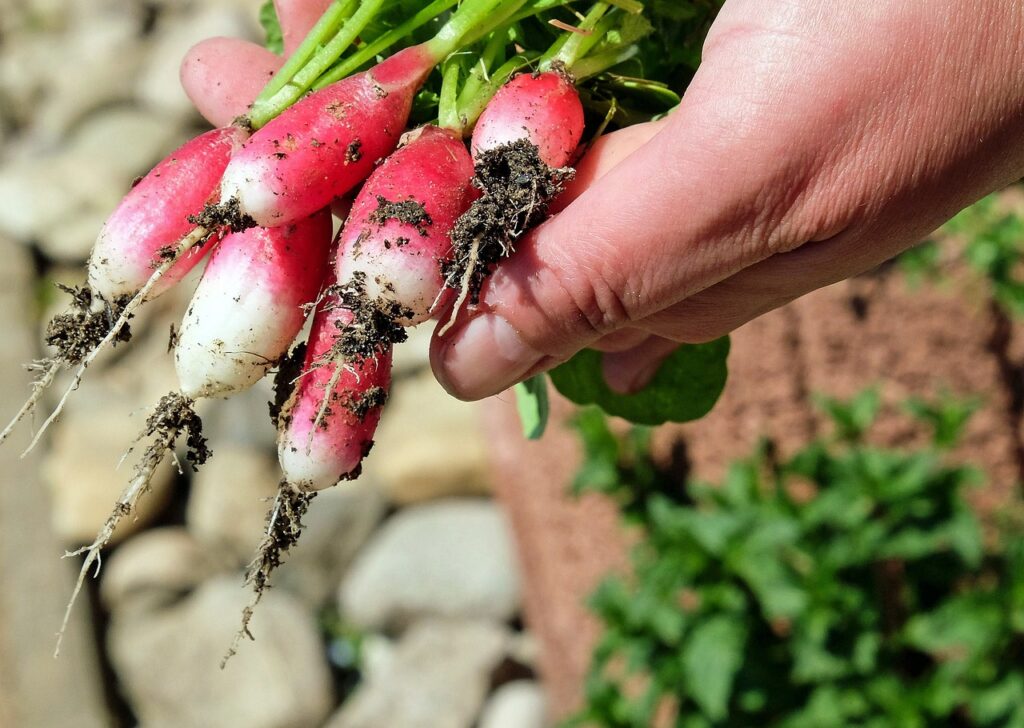
2. Choose small space-friendly plants.
Pumpkins, sunflowers* and corn are fun plants to grow, but their large size makes them difficult to keep in smaller spaces. While you may be able to squeeze these plants in a patio garden, it’s probably not the best use of your space. Instead, focus your attention on plants that stay small, as well as plants that can be trained to grow vertically with trellises.
Bush-type or determinate plants are often easier to keep in container as they grow compactly. This is particularly true of determinate tomatoes as vining or indeterminate growing tomatoes can become massive plants! Vining beans and peas, however, can be trained on trellises, which makes them easier to keep in limited space gardens.
Although you’re free to experiment with different veggies, herbs and fruit to see what grows best in your small space garden, the plants below are all classic choices for homestead gardening in containers:
- Lettuce.
- Leafy greens, including kale, Swiss chard and spinach.
- Root vegetables, like carrots, radishes, turnips, parsnips, beets, sweet potatoes and potatoes.
- Beans and peas; both determinate or indeterminate beans and peas will work, but indeterminate plants will need trellising.
- Herbs, including basil, cilantro, parsley, chives and thyme.
- Determinate tomatoes.
- Peppers.
- Eggplants.
- Zucchini, cucumbers and summer squash — as long as you provide trellising for indeterminate growers!
- Strawberries and lowbush or half-high blueberries.
- Dwarf citrus trees.
* If you love the idea of growing sunflowers, you can find dwarf sunflower varieties like ‘Dwarf Sunspot‘ and ‘Teddy Bear‘ that are the perfect size for containers!

3. Pick the right pots.
Beyond plant selection, another important aspect of creating a small space garden is choosing the right growing containers. After all, if your pots are too small, your plants won’t grow properly; however, if your pots are too big, they’ll overwhelm your small garden . So, like Goldilocks, you’ll need to find pots that are “just right” for your small space.
How big your pots need to be will depend on the type of plants you’d like to keep. For instance, a single tomato plant will need a 5 to 10 gallon container, while a small herb plant like basil can grow in a smaller 8″ pot. This chart can help you pick the right pot size for the type of edibles you’d like to grow, but remember, if you want to grow multiple veggies or herbs together, you’ll need to select a larger pot size.
Terracotta pots are a popular choice for container gardens as they come in many different sizes and they’re easy to find. Fabric grow bags and ceramic planters can also work in a small garden, but make sure whatever pot you use has plenty of drainage holes. You can also find handy premade container gardens with wheels that are super easy to move around your space and their height makes them easier on your back too.
And don’t forget, smaller herbs and plants like strawberries can also be grown in hanging baskets!
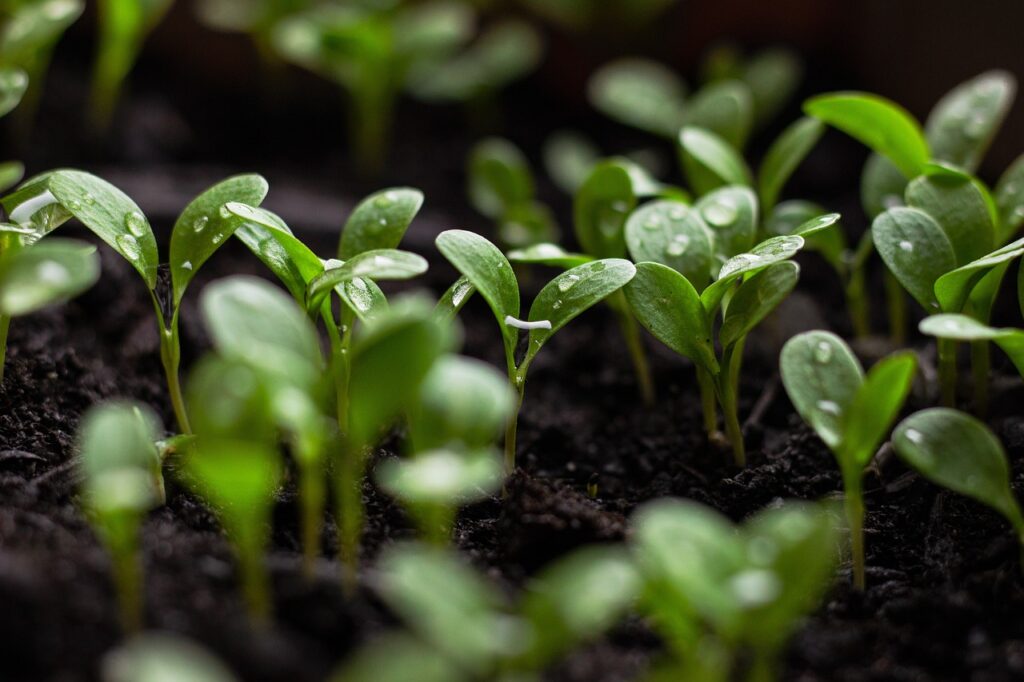
4. Use a quality potting mix.
While you may tempted to scoop up the soil in your backyard and use it to fill up your container gardens, that’s not a good idea. Although garden soil works just fine in inground beds, it’s too dense for container gardens. Over time, garden soil can become very compact in pots and impede water flow and root development.
When selecting soil for your container garden, look for a quality potting mix intended for vegetables or use a raised bed gardening mix. Both of these growing mediums have added ingredients to improve water flow and prevent plant roots from drying out too quickly.
If you want to give your plants an added boost, consider amending your potting mix with a bit of compost, worm castings or aged manure before planting. If you already have a home compost bin, this is even more convenient!

5. Try trellising.
Not all plants need trellising, but vining plants like cucumbers will take up much less space if you grow them vertically. Mini trellises, trellis netting and obelisks can all be used to train vining crops, which will free up a lot of horizontal space in your garden so you can grow even more plants!
Plants with heavier fruit, like some squashes, may need a bit of extra help on trellises to keep their fruit from breaking the vines. Supporting the fruit with old nylon stockings is one good way to protect your vines while upcycling old clothes so they don’t go straight into the landfill.
Most vines will naturally climb up trellises on their own, but you can give them a bit of extra support by loosely tying vines to trellising with old fabric scraps or hemp twine.
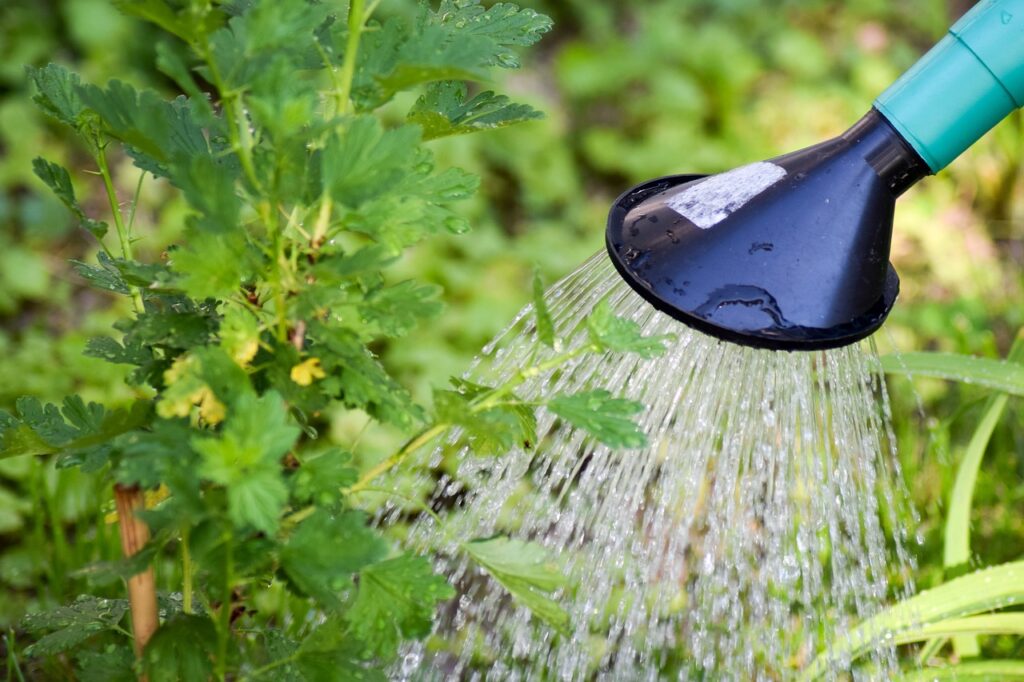
6. Water often.
Just as plants need sunlight to grow, most vegetables, fruit and herbs won’t thrive without regular watering. Although some herbs, like lavender and sage, have lower watering needs, the majority of edible plants grow best with about 1″ of water per week. If you’re unsure if your plants need water, feel the soil and water when the top 1″ of soil feels dry.
During the heat of summer, plants may need even more water. If you don’t think you can keep up with a regular watering regimen, you may want to add mulch around the base of your plants to slow down soil evaporation rates. Another option is to keep your plants in self-watering planters or install a mini drip irrigation system, which will do all of your watering for you!

7. Fertilize as needed.
Light feeding plants like most herbs may not need extra fertilizer, especially if you enriched your soil with compost before planting. However, most vegetables and fruiting plants are relatively heavy feeders and they will yield a larger harvest if you fertilize them regularly throughout the growing season.
Plants crave a balance of nitrogen, potassium and phosphorous (N-P-K) to grow properly, but nitrogen is particularly important for leaf development and potassium and phosphorous are critical for fruiting and flowering. Providing your plants with a balanced, organic fertilizer throughout the season will ensure your plants have all the nutrients they need. Organic fertilizers, like alfalfa meal, soybean meal and kelp meal work well on most plants, or you can try out organic liquid fertilizers like fish emulsion.

8. Check for pests.
Pests, like aphids, spider mites and cabbage loopers, can still invade container gardens, so it’s important to keep an eye out for any signs of pests. Discolored plant leaves, holey leaves and fruit or a sticky residue (known as honeydew) on plant leaves can all indicate that pests are active in your garden. Alternatively, you may actually see the pests themselves!
How you treat for pests will depend on the types of pests in your garden, but opt for organic methods whenever possible as they are less likely to harm bees, monarch butterflies and other wildlife. Handpicking pests or washing them away with the garden hose can be quite effective, or you can try out fine mesh garden netting or fruit protection bags.
If you decide to spray your plants for pests, Castille soap mixed with water can tackle most pests, while BT thuricide works well for cabbage loopers. Just keep in mind that these products, although organic, are generalized pesticides that can harm non-target insects and they should never be sprayed on plants in flower.

9. Don’t forget about weeds.
One of the best things about container gardening is that weeds are much less likely to be a problem. But weed seeds are everywhere in nature and they can be easily carried into your garden by the wind or animal activity, which means you’ll still likely need to pull out weeds on occasion. Left unchecked, weeds can compete with your vegetables for soil space and nutrients and no one wants that!
Weeds in container gardens tend to be minimal, allowing you to tackle them by hand in just a few minutes. You can also add a layer of mulch over your plant’s soil to limit weed access.

10. Prune if needed.
Not all plants need to be pruned, but a well-timed pruning on certain plants can increase your harvest yield. For instance, pinching back the growing tips on herbs like basil can encourage your plants to grow bushier and produce more leaves. Removing tomato suckers, on the other hand, can channel your plant’s energy towards fruit production and boost your harvest!
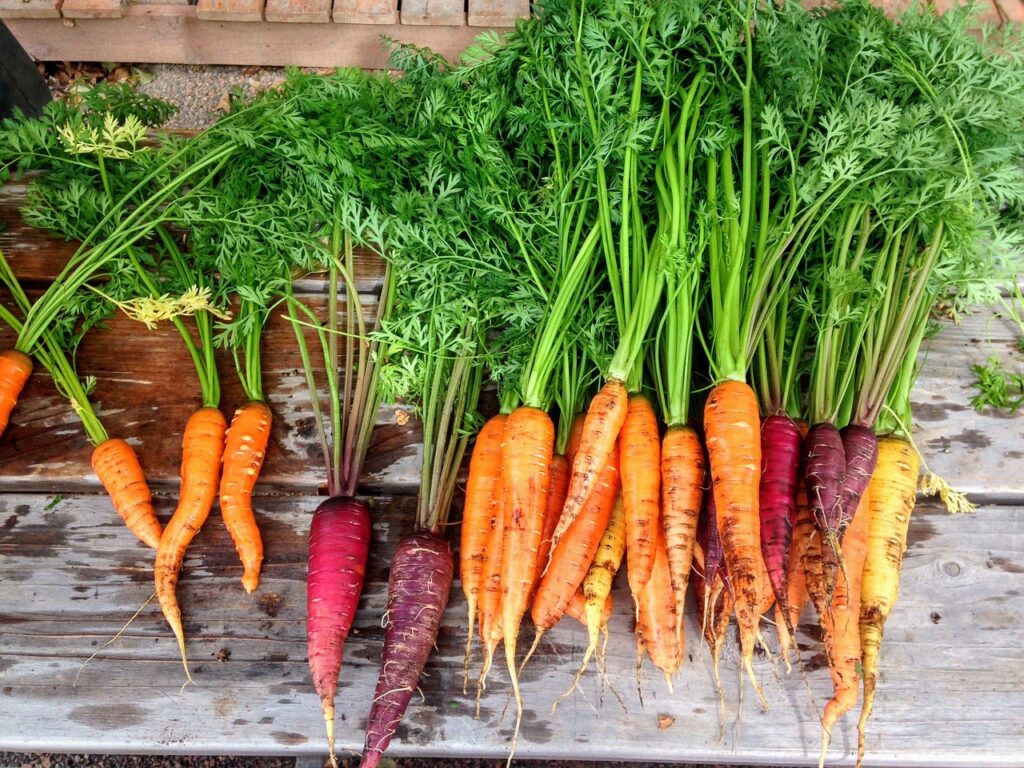
11. Experiment with succession planting.
Succession planting is a nifty gardening trick that allows you to get tons more use out of your container garden during the growing season. The basic idea is that you never allow your soil to be empty. Once you harvest your initial plants, you continue to plant seeds in succession throughout the growing season to extend your harvesting window and get a larger crop of edibles!
The best vegetables for succession planting tend to be small and fast growing crops, like radishes, carrots, lettuce, cilantro, beets, kale, turnips and dill. Sowing these plants every 2 to 4 weeks throughout the growing season will keep your harvest coming and help you continue to grow cool weather crops into summer. Even better, these small crops are easy to slip into the soil around larger plants in your container garden!

12. Use season extension.
Another way to get more use out of your garden and harvest even more veggies, herbs and fruit is to use season extension techniques. One option is to start seeds indoors in spring, which will extend your growing season by a few weeks and help you grow longer season crops even in cooler climates. You can also use plant covers, cloches or insulating plant protectors to shield your plants from frost in spring and fall.
If you’d prefer an upcycled option, you can also cover plants with a lightweight sheet or old plastic milk jugs to buffer them against the cold. With added cold protection, you can add weeks to your growing season and give your plants lots more time to develop their fruit and luscious leaves!
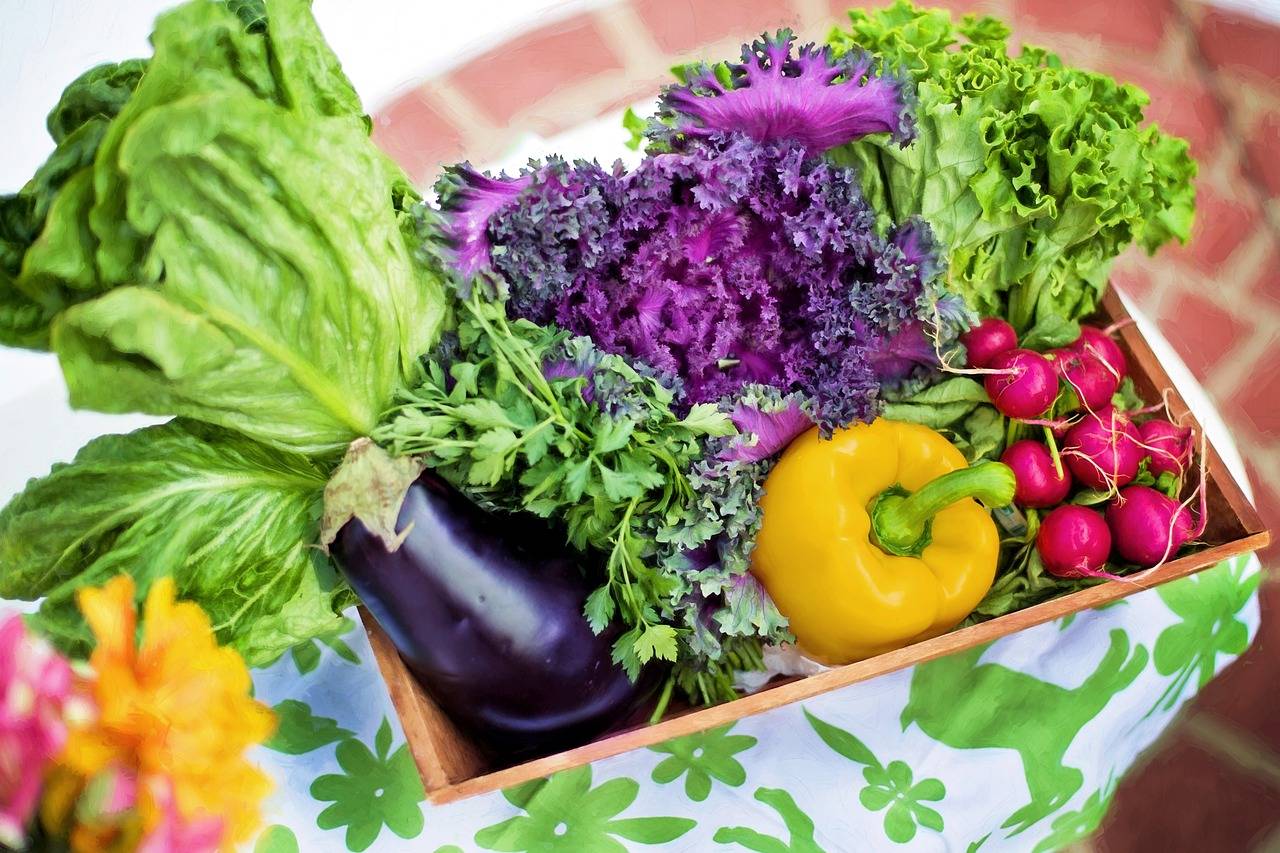

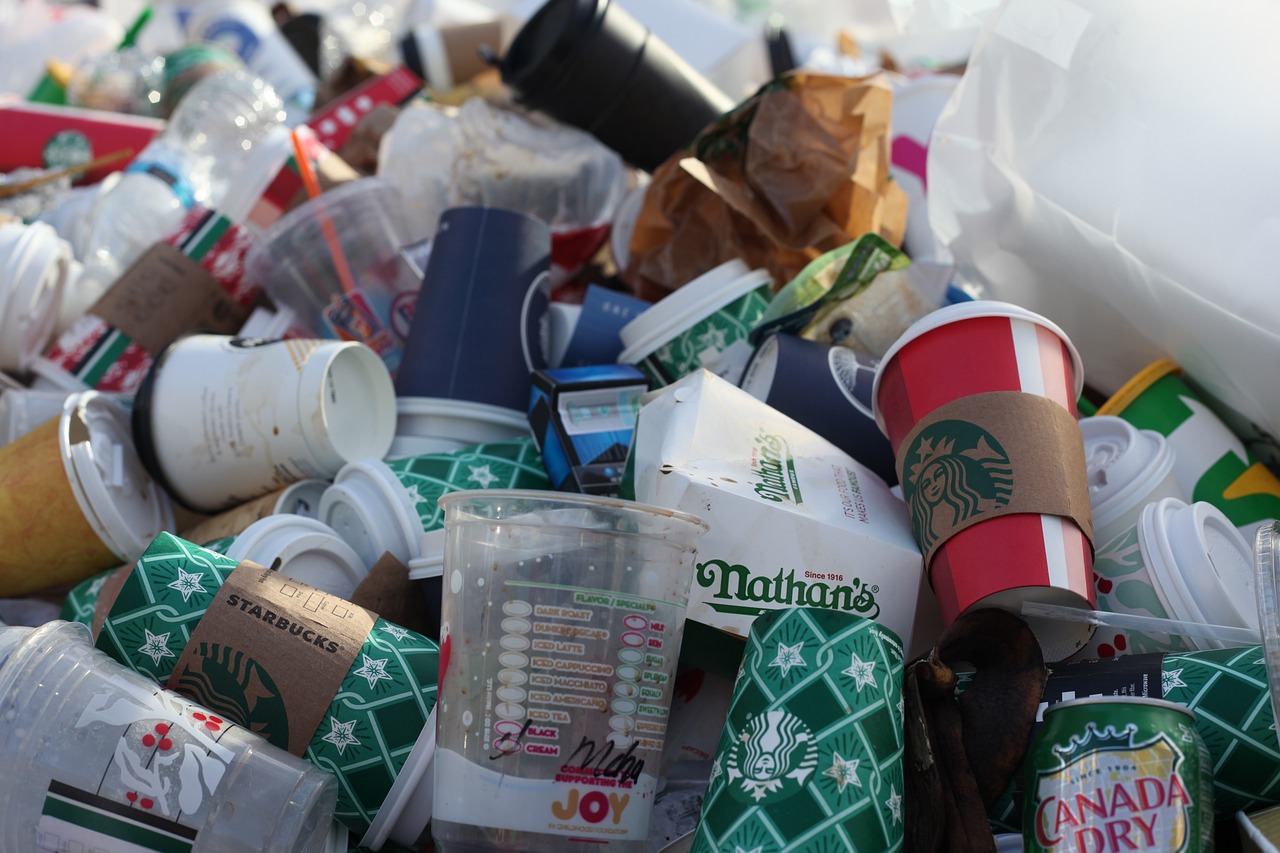
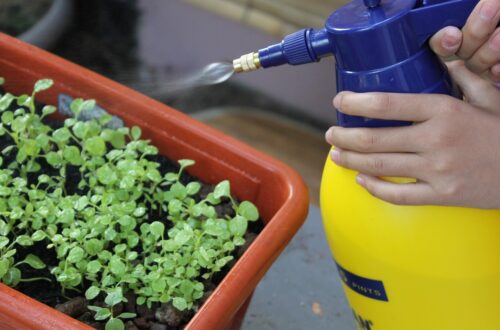
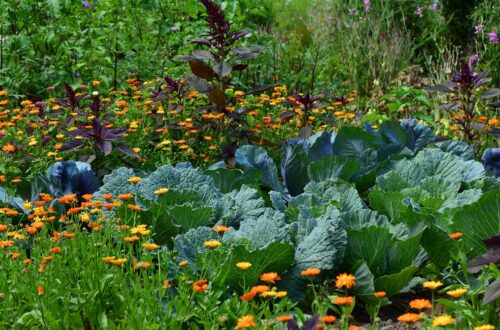
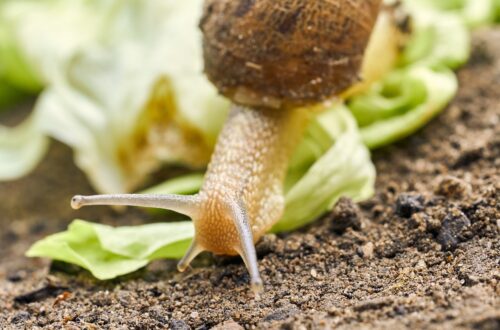
Real Good Info. Thanks
Thank you!
Hello. impressive job. I did not imagine this. This is a great story. Thanks!
Thank you!